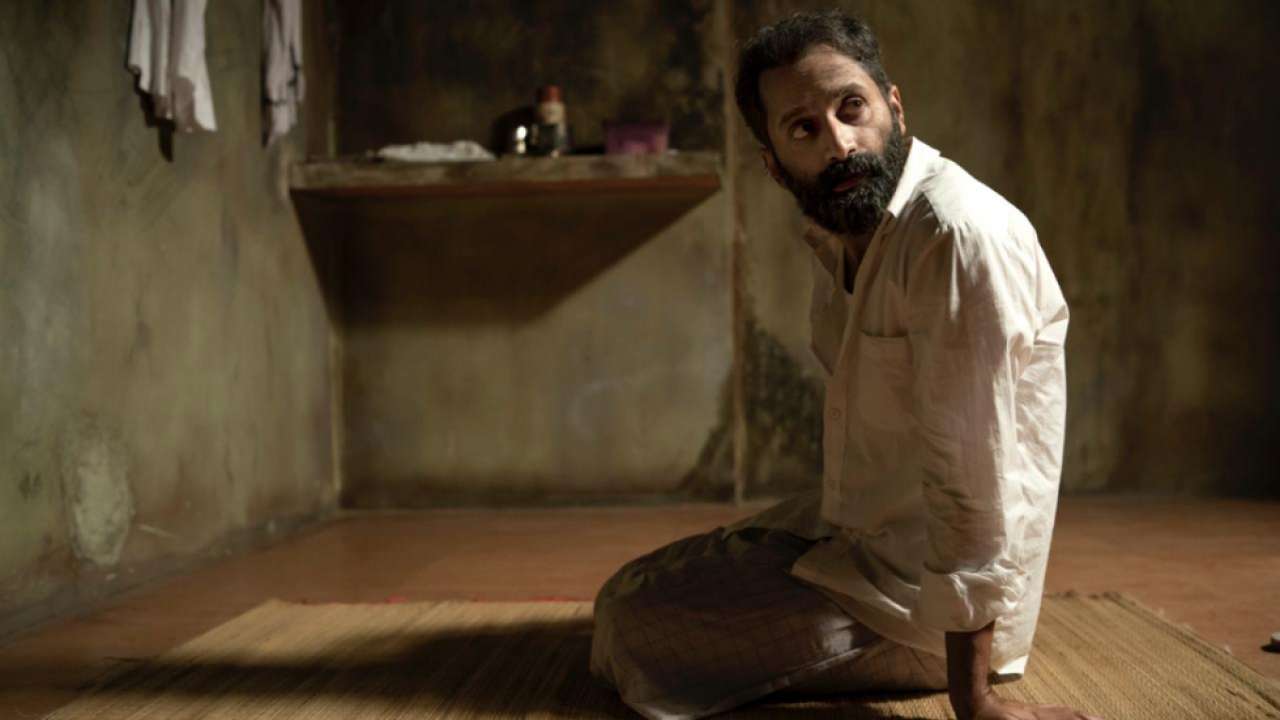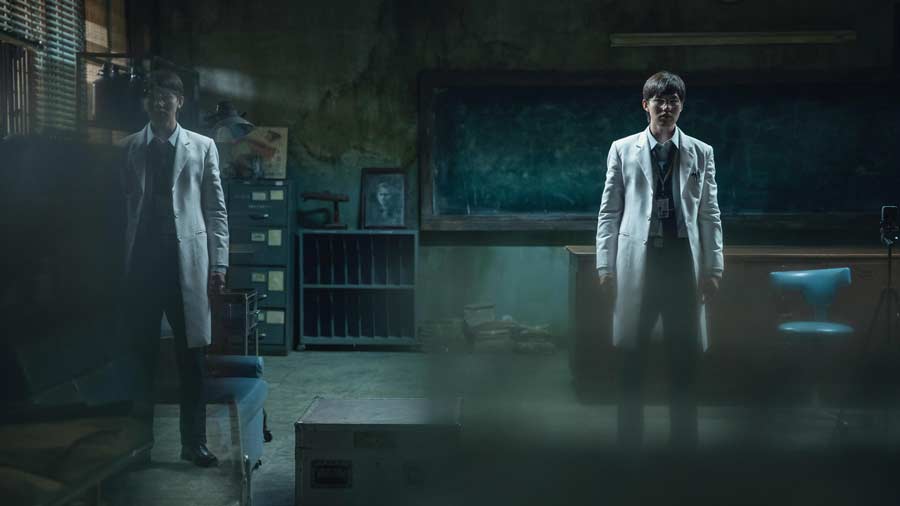I have to admit, although films do not frustrate me easily, even the worse of them, I was quite unnerved by this one, for about half an hour, particularly because it seemed to me overly pretentious. However, somewhere at that point, I found the mind to watch it as it truly is: a collage of photos glued together by a thin narrative that aims at presenting some extreme social comments.
“Still life of Memories” is available from Article Films
Haruma Suzuki is a somewhat eccentric photographer, whose works mainly consist of taking stills of the fauna and flora in black-and-white film. His works are exhibited in a gallery where his girlfriend, Natsuki, also works (?). One day, Haruma meets Rei, a museum curator who becomes fascinated with his photos and eventually asks him for a private project on two conditions: He asks no questions and gives her the negatives. Though puzzled by the secrecy, he agrees, and soon finds himself with a rather unusual subject: Rei's vagina. As the story gradually reveals Rei's enigmatic motives for this concept, which include her mother dying in a hospital, we also witness Haruma's growing fascination for both the woman and the subject, while his pregnant girlfriend begins to become annoyed with his frequent absences.

The introduction of the film, with the impressive photos, Natsuki doing some ballet in the gallery and the trans owner were the elements that led me to think that the film is overly pretentious. The concept of photographing female genitalia did not help this notion, but as the story progresses, and I was able to focus on the elaborateness and the beauty of each frame, I realized that this pretentiousness actually works in favor of the film, at least partially, forming a large part of the narrative. In that fashion, the film also functions as a tribute to Henri Maccheroni, a French photographer who took 2000 Photos of the Sex of a Woman (this is actually the title of the exhibition that included them, “2000 Photos du Sexe d'une Femme”), whose name is mentioned a couple of times in the movie.
Apart from that, the film examines the concept of sensualism in photography, the connection between art and sex and death, and of course human nature, with the notions of obsession, jealousy, passion, and perversion being to the fore, along with the way all of the above interact among them.

Even though the various comments are palpable, I felt that the focus remains on the image, and subsequently, beauty, with Yazaki examining the differences in the perspectives of beauty among human. The fact that, the photos of Natsuki's body parts are not shown during the duration of the film, only to be presented in their full glory, through photographs, in the end, is a testament to the fact that titillation has little to do with the production, despite its basic premise. At the same time, this tactic succeeds in portraying the power of such images.
The aforementioned focus on image and beauty, and the “tribute” to Maccheroni, occasionally had me feeling that Yazaki's work is mostly addressed to photographers (or people who enjoy photography at least), with this sense carrying on till the finale, which actually ends the cycle that opened with the photographs in the beginning.

Probably the best aspect of the production is Isao Ishi's cinematography, with his framing being exceptional, to the point that film could be watched as a slideshow of photographs. The takes in the lake and in the woods are the most impressive, but even the ones inside houses and the gallery emit the same artistry. Memita Ken's editing follows the general aesthetics of the film, with him implementing a slow pace that intensifies its dream-like aesthetics.
Masanobu Ando as Suzuki is quite good as a man perplexed and fascinated with the new twists in his life. Natsuko Haru highlights Rei's enigmatic personality quite convincingly, with the same applying to Rima Matsuda with Rei's combination of eccentricity and vulnerability.
Evidently, “Still Life of Memories” is a weird and relatively difficult to watch film, and the pretentiousness actually surrounds it. However, if one were to focus on its visual beauty, one would also see its true value, about the comments hiding beneath this elegant pretentiousness.















